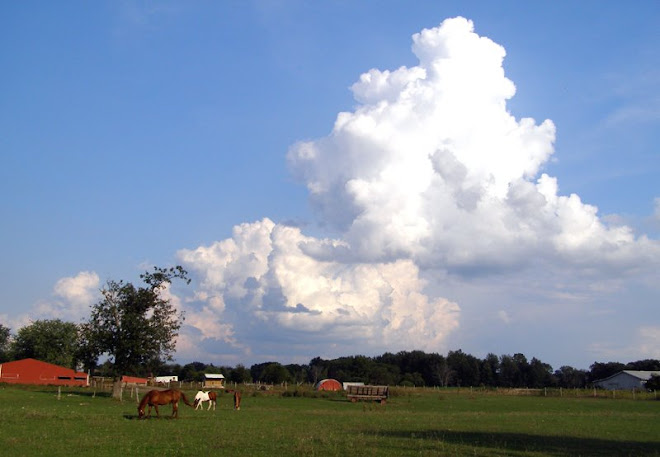-
-
I thank you God for this most amazing day,
for the leaping greenly spirits of trees,
and for the blue dream of sky
and for everything which is natural,
which is infinite, which is yes.
~ e. e. cummings
~ e. e. cummings
The last post was a bit of No.
When you’re a child, you want what you want, freely, if you’re lucky. But somehow, sometime you learn not to want everything that you want. Because someone says NO. Then, when you hear No often enough, after a while you start to say it yourself. Pretty soon it's your first response to a lot of things. You even say it before the question is asked, before the want is wanted. I hate to say it, but for some, it even becomes their favorite word.
There’s a woman whose life seems to be the answer Yes. (My favorite word.) Shelley Gill was at Don’s school last week, and he said she was the most inspiring assembly speaker he’s heard; the kids thought so too.
What Shelley always wanted was Alaska and a dog. When she turned 18 she moved from Florida to Alaska with $14. With her $14 she bought a husky dog. Years later she became one of the first women to compete in the 1,100 mile dog sled race, the Iditarod.
When Shelley Gill's daughter Kye was nine, she wanted: To swim with a Blue Whale. She knew all about them, because her mom had been working to protect them, driving a whale-research boat, hanging out with marine biologists. Though there were once at least 200,000 and maybe as many as 400,000 of them swimming in the waters of the world, by the 1960s blue whales were on the verge of extinction because of hunting practices. As you may know, the blue whale is the largest animal that has ever lived on earth. Bigger than dinosaurs. A blue whale’s heart is as big as a VW Beetle. She eats 4 to 8 tons of krill a day. A blue whale’s tongue weighs as much as an elephant.
 National Geographic says:
National Geographic says: Blue whales are baleen whales, which means they have fringed plates of fingernail-like material, called baleen, attached to their upper jaws. The giant animals feed by first gulping an enormous mouthful of water, expanding the pleated skin on their throat and belly to take it in. Then the whale's massive tongue forces the water out through the thin, overlapping baleen plates. Thousands of krill are left behind—and then swallowed.
Shelley Gill in Alaska
 Did mother Shelley Gill say No to Kye, that no one could swim with such a creature? You might be sucked into that cavernous mouth like the little krill!
Did mother Shelley Gill say No to Kye, that no one could swim with such a creature? You might be sucked into that cavernous mouth like the little krill! No. They traveled thousands of miles down the coast from Alaska to Baja, Mexico. They took a little boat quietly out on the Pacific, to a spot where blue whales range within one hundred yards of shore (the same place where 29,000 were hunted and killed in one winter season in 1932). But every time the boat approached, the blue whale would pull farther away. Finally the boatman said, “I think you’re just gonna have to jump out of the boat and into the water.”
They did. The boat left them in their snorkel gear treading water, and the blue whale slowly glided up to them. Blue mama nudged and hovered. Kye reached out and touched the skin near the whale's eye that's the size of her soccer ball. They gazed at each other, eyes to eye. "Time stops. This moment belongs to Big Blue and me. I twirl like a manta ray in her surge, dancing in the depths of her deep, blue sea." They played and swam a surreal ballet, a human girl and her mom with the largest animal that has ever lived, because the girl wanted to. That's the book Shelly Gill wrote about it at the top of the post: Big Blue.
Photograph by Flip Nicklin, National Geographic
detail of Anne Barrow's illustration of Kye swimming with a blue whale
image found here
detail of Anne Barrow's illustration of Kye swimming with a blue whale
image found here
I imagine that yes is the only living thing.
~ e. e. cummings
Watch and listen to Sir David Attenborough talk about this magnificent creature, the blue whale, and find out how long she can stay under water without coming up for air.
Then fill your ears and heart with some fresh Yes from Richie Havens, who still knocks me out forty-one years after Woodstock with "Freedom" (my second favorite word), his improvisation on the Negro Spiritual "Motherless Child."
-
-


















































